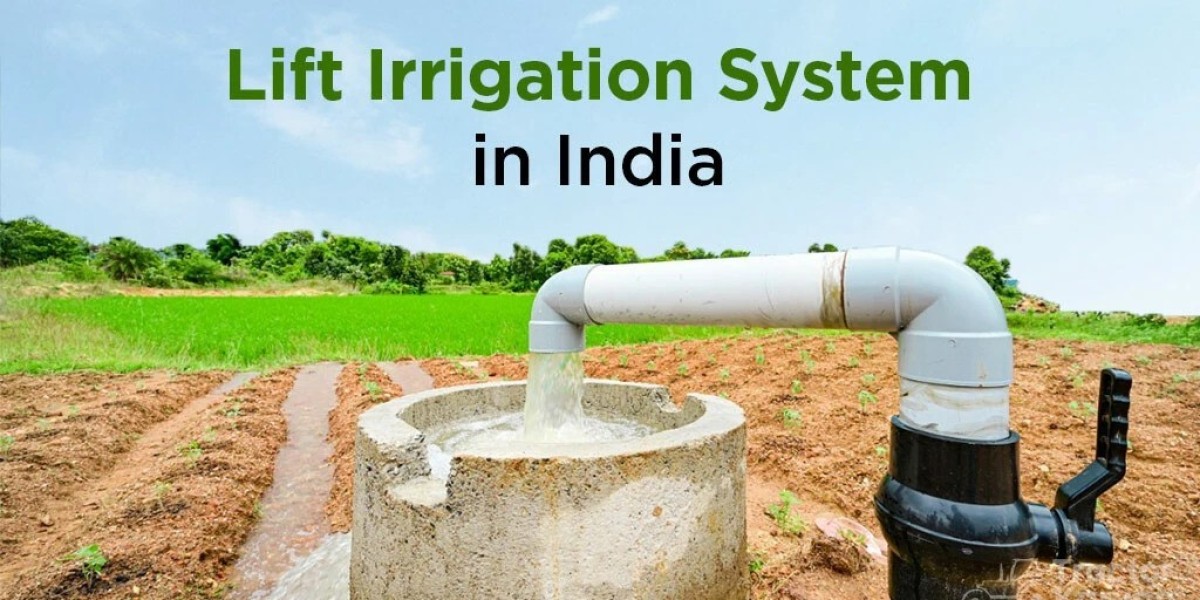Lift irrigation is the method of watering land that helps plants to grow using fuel-based or electric pumps. With the help of pipelines and powerful pumps, they distribute the water to nearby fields. Now, let's understand the workings and advantages of the lift irrigation system in India.
Lift Irrigation System Components
Water Source - For the whole year, suitable and constant water must be available from water sources such as rivers, weirs, and dams, at LIS.
Mechanism of Lifting - Lifting items such as pumps are required to lift the water at fields.
Conveying Mechanism - Rising main is used to transport water to the land which can be made up of materials like steel and concrete.
How Lift Irrigation Works?
Water is transported from the source, such as a dam, lake, or river with the help of powerful pumps to the delivery chamber. Now, water is then supplied to the crops through appropriate distribution. This irrigation method does not use water movement due to gravity.
Water can be distributed in the fields through different methods. Firstly divide the areas under irrigation into different blocks. This partition is based on the topography of the area. For each block, water requirements are calculated based on crop type, soil conditions, etc. Hydraulic Head ensures that the required amount of water pressure is supplied from the system to the crops. Pipelines are placed to deliver the water to each block equally.
Field delivery chambers are required on the pipelines. The values are placed to control the flow of water from the primary delivery chamber.
Advantages of Lift Irrigation System
1) With the lift irrigation system, water can be supplied over long distances.
2) With this system, crop receives water in a timely and in an appropriate manner, which improves crop quality.
3)There is less chance of soil erosion as regular water distribution maintains moisture levels in the fields.
4) There is less water wastage as it ensures sufficient water is delivered through water pumps, which ensures sustainable agriculture in India.
Tractor Karvan
9 Blog posts



